
Most conventional manufacturing control systems exhibit a weak response to changes due to their rigid and centralised control structures. An EU initiative developed technologies for an adaptive and self-learning factory production line with in-built quality control, which, in turn, enable the production of higher quality and customized products.

Researchers in the EU are creating a bio-lacquer for coating tinned food cans, using a substance extracted from waste tomato skins.
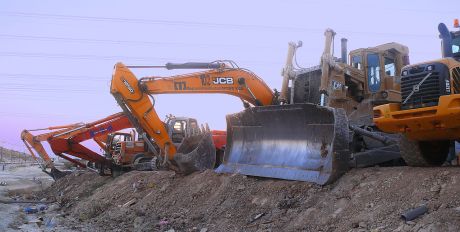
Most construction machines use devices called quick couplers to quickly change their working tools and attachments, but they have drawbacks. An EU initiative is developing an innovative system to optimise machine capacity while improving safety.

Supercapacitors have become a fundamental part of electric and hybrid cars, delivering rapid bursts of power for acceleration virtually limitlessly. An EU initiative enhanced these devices by boosting energy storage capacity.
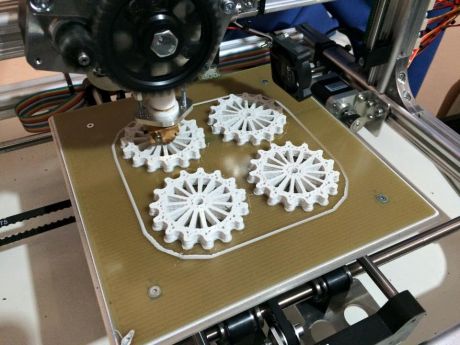
The advent of 3D printing is promising to take the manufacturing industry to new heights. A more organised supply chain could help make Europe more competitive in producing inexpensive customised products.
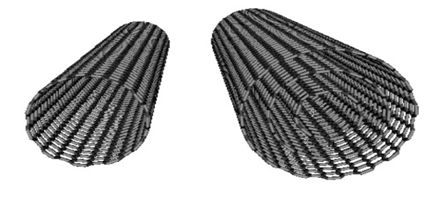
Ultrashort pulses of light produced by fibre lasers have enabled major advances in fields from biomedicine to micromachining. Exploiting carbon nanomaterials for their production could provide important benefits relative to conventional semiconductor-based systems.
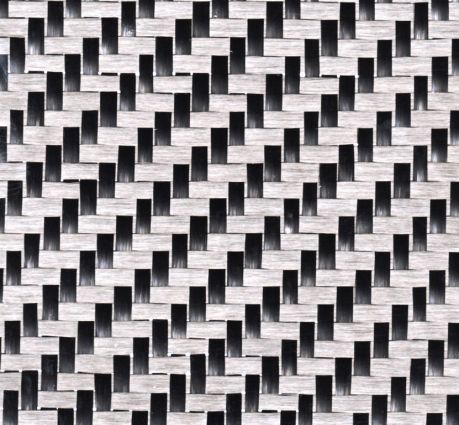
An EU project has developed two new high-value textiles by embedding recycled carbon fibres (CFs) into a resin.

A new automated gate system for border controls at European borders will make border crossing more convenient and faster while improving security.
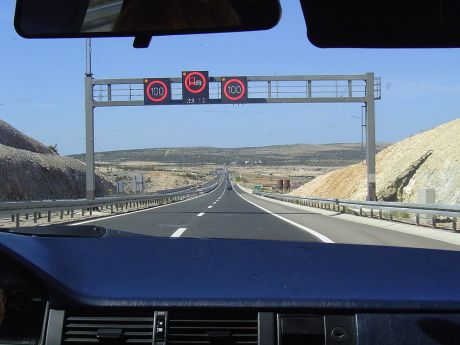
The European Technology Platform (ETP) for road transport responds to challenges vital to Europe's future competitiveness for the benefit of all mobile citizens. An EU initiative is supporting the TP in its vision for a sustainable and competitive European road transport system.

Concrete products manufactured from secondary raw materials could help the building sector improve its environmental performance and cut waste.
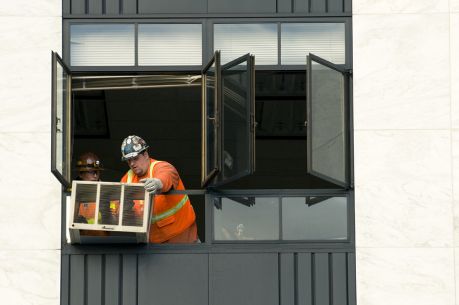
New insulated window concepts that enable manufacturers to achieve energy savings of up to 15 % and weight reductions up to 50 % have been developed.

The production of pairs of top-antitop quarks is one of the phenomena being observed with high precision at the Large Hadron Collider (LHC) of CERN. On the theoretical side, EU-funded scientists sought predictions at the same level of accuracy to test the Standard Model of fundamental interactions and find possible small deviations from it as signals of new physics.
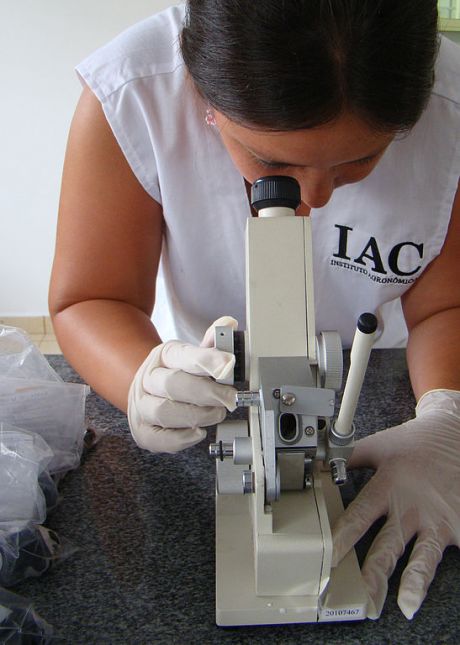
During the laundry process, protective functionalities of work gear and bed linens can wash out after a certain number of washings. An EU initiative found new ways to evenly reapply these by using chemical agents.

Europe's enormous funding for transportation projects does not guarantee commercialisation. An EU initiative improved the odds through best practice guidelines, training and one-to-one support.
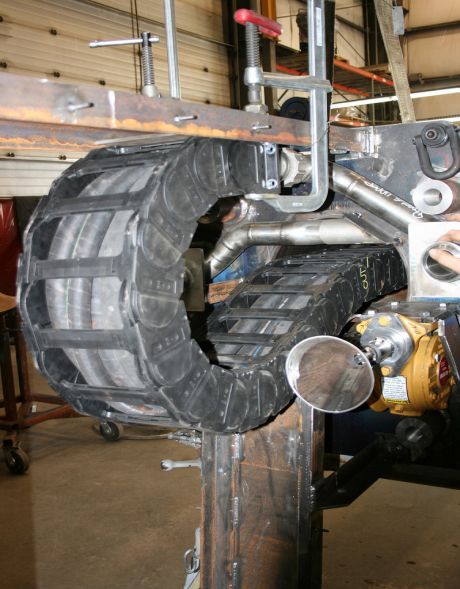
Robotic or automated systems have their limitations when it comes to large-scale product life cycles. An EU initiative designed a flexible and reconfigurable robotic system to accelerate maintenance and repair processes in large-scale products.
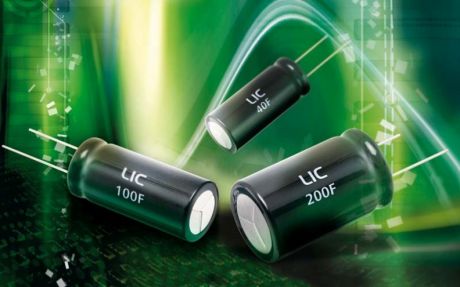
High-performance supercapacitors could soon power electric cars due to a breakthrough involving graphene, making them truly competitive with their petrol and diesel counterparts.
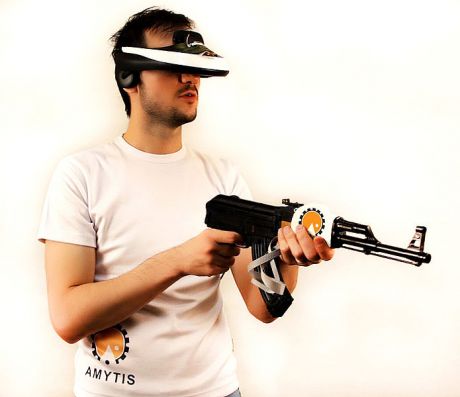
Air travel is frequently associated with discomfort due to issues with personal space as well as the ability to work, sleep or rest. An EU initiative investigated how to maximise passenger comfort within the aircraft's restricted physical space by changing the perception of self and space.
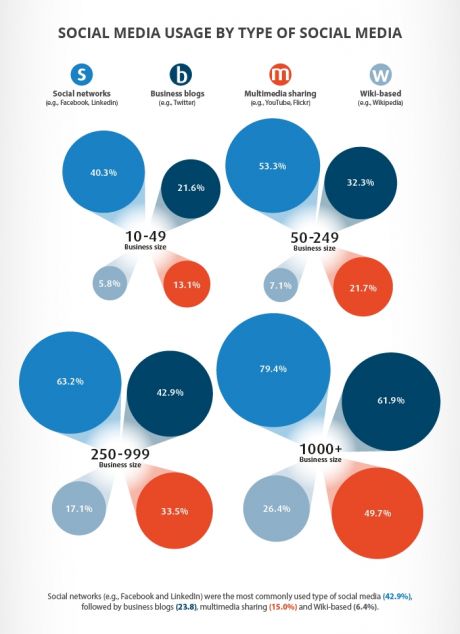
An EU team is developing information tools that support the rapid implementation of international business ventures. The project has developed modules for assessing costs, risks and compliance information, applied initially to three test cases.
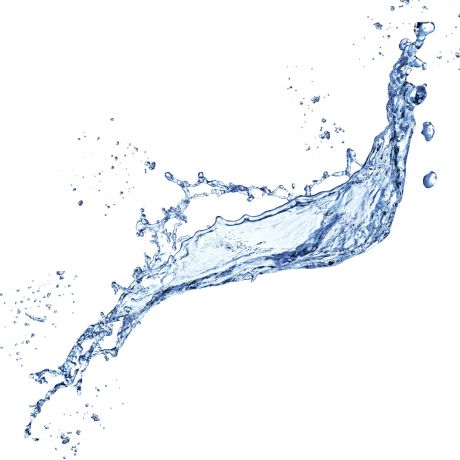
EU-funded researchers developed the next generation of water purification systems by building on carbon's natural ability to remove contaminants from water and benefits gleaned from nanotechnology.
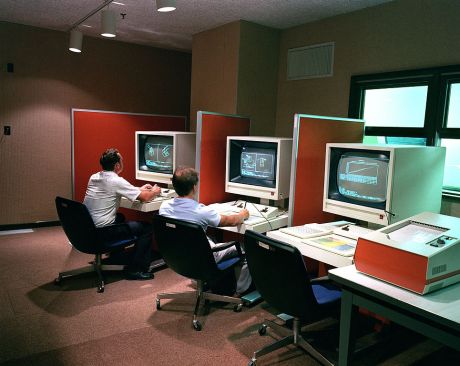
EU-funded scientists have developed a ground-breaking solution for merging design and analysis into one model using a unified geometric representation.
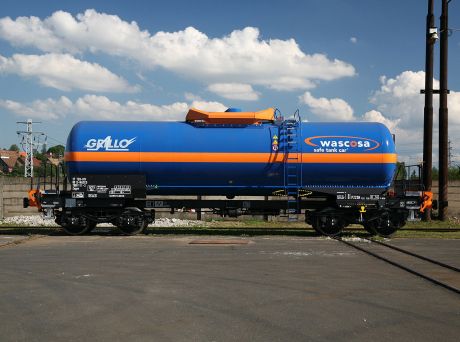
Railways and railway stations can be subject to vandalism and suicides. Improved measures could help avoid mishaps and tragedies, while strengthening security and punctuality

There are concerns about potentially harmful chemicals in cosmetics. EU-funded researchers are developing innovative cosmeceutical products using European natural resources and environmentally friendly technologies.
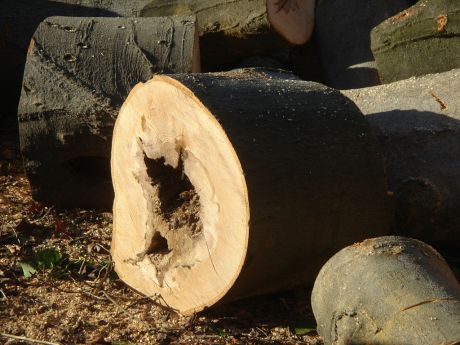
Timber industry production lines require manual tasks such as wood patching that hinder productivity. An EU initiative has developed robotic technology to increase throughput and competitiveness while reducing labour costs.

Exposure to heat stress threatens vulnerable populations such as infants, the elderly, and people with cardiovascular and respiratory disease. EU-funded research explored mechanisms of temperature regulation and heatstroke to improve preventative strategies.

Engine exhaust from ships is one of the most pervasive pollutants in the world today. An EU initiative built a device that can remove gases and particles from diesel exhaust
























